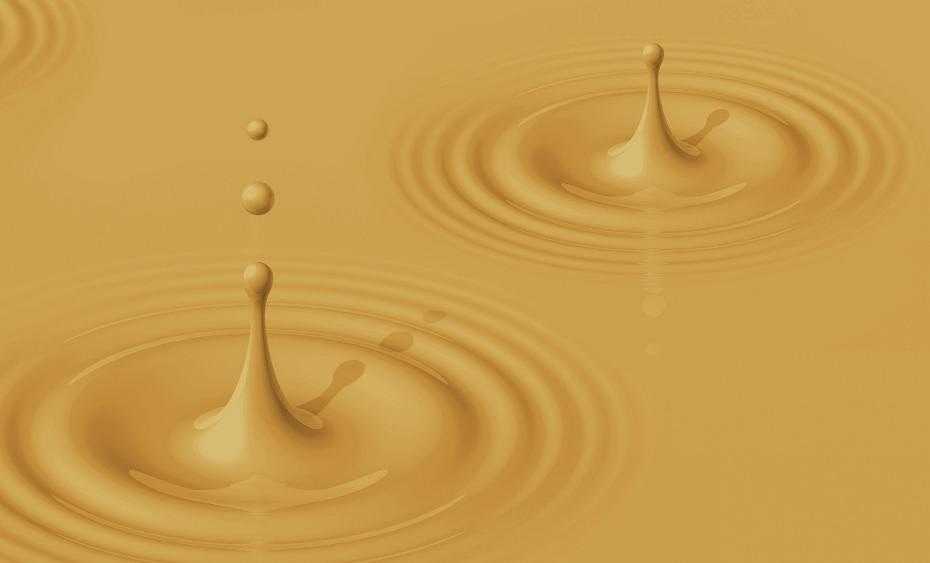Mar 8 2021
A droplet of coffee hitting the surface of the liquid in the cup forms a characteristic tower of coffee for a short time, at times even with a new droplet on top. Coffee commercials are famous for showing this effect.

Image Credit: Freepik.
A new study by a team of researchers from Amsterdam, Delft, and Paris offers new insights into this intricate effect. The study was published recently in Physical Review Fluids.
This effect, called jet formation, is not just specific to coffee. The same effect can be observed, for instance, when a raindrop hits a pond.
When a droplet of milk is dropped on a coffee surface, rather than coffee, another surprising effect is seen: the tower of liquid will mostly be white. This means that it is not the coffee that splashes upward; rather, it is the milk that tends to 'bounces back.'
Not Just Gravity
A rough explanation for the jet forming effect has been known for a long time. When a droplet hits the liquid surface, the surface can obtain a temporary ‘impact crater’. Once the liquid has flown back to the center of this crater, it has nowhere to go but up, which is how the jet forms.
Cees van Rijn, Study Lead Author, Institute of Physics, University of Amsterdam
Although this process has been studied for over 100 years, its exact details are still unclear. Specifically, gaining insights into the changing speed with which the jet moves upward was a mystery of some sort.
The researchers used laser light and rapid cameras to analyze various liquids and found that immediately after formation, the speed in the jets decreases at an unbelievable rate.
“One might expect that the main reason the jet slows down is because of gravity pulling the liquid downward. However, we observed that just after formation, the deceleration can be five to even twenty times stronger than can be explained by gravity alone,” added van Rijn.
Constructing a Model
The researchers proposed that the key factor behind this extreme deceleration was the liquid’s surface tension—the same kind of tension that enables the formation of soap bubbles.
The outer layer of liquid on the tower behaves quite similar to such a bubble, and its curvature coerces the jet to decelerate and ultimately contract—considerably faster than expected based on just gravity.
The effect is at its strongest when the jet is just formed. By the time the liquid has reached its highest point, the situation is essentially back to normal: the liquid falls back with at most twice the acceleration caused by gravity, and has lost its last bit of extra acceleration when the surface is reached again. The entire intricate process takes place in roughly a tenth of a second.
Cees van Rijn, Study Lead Author, Institute of Physics, University of Amsterdam
Considering this explanation, the physicists endeavored to develop a mathematical model to describe jet formation. The model involved using another overwhelming property of the jets: they always appear almost the same—that is, only the width and height of the jet differ over time while there is no change in its shape.
Using this property of 'self-similarity,' the researchers could develop a highly accurate model, which very precisely matched all the observations when compared to measurements on various liquids like ethanol, water, and a mixture of glycerol and water.
Into Space
The physicists are already planning on the further step in their program—indeed, they are planning to take the experiments into space.
It would be very nice to completely get rid of gravity and understand the role of surface tension alone. We would love to do our next set of experiments in the International Space Station to see what exactly happens in a gravity-free environment.
Cees van Rijn, Study Lead Author, Institute of Physics, University of Amsterdam
Journal Reference:
van Rijn, C. J. M., et al. (2021) Self-similar jet evolution after drop impact on a liquid surface. Physical Review Fluids. doi.org/10.1103/PhysRevFluids.6.034801.